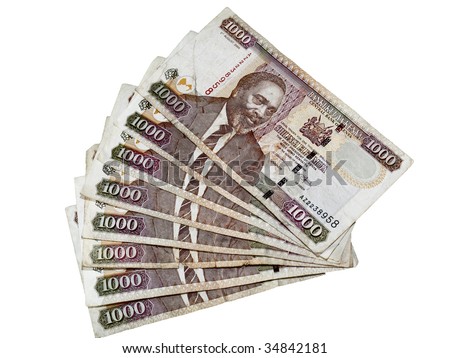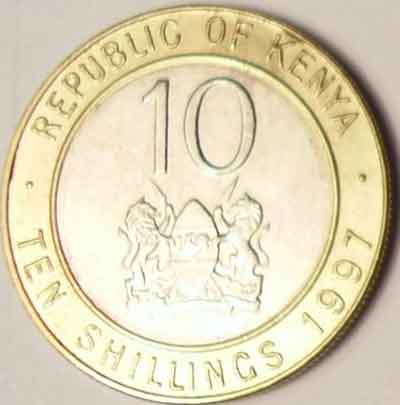
The Kenyan shilling is the official currency of the country of Kenya. It was introduced in the year 1966, replacing the East African shilling. The ISO standard code for Kenyan shilling is KES. The currency is said to be divisible by 100 cents.
This currency is both introduced in coins and in paper banknotes. Currently, the denominations of this currency are as follows: 5, 10 and 20 for the Kenyan coinage and 50, 100, 200, 500 and 1000 for the banknotes. These current coins and notes had been seen to have multiple changes over the course of many years.
The first Kenyan coinage was issued in the year 1966 with the same denominations as it has today. Between the years of 1967 and 1978, it is said that the coins had the portrait of the first president of Kenya, Jomo Kenyatta. This portrait was particularly seen on the obverse of the coins.
Kenyatta’s portrait was then changed to the portrait of Daniel Arap Moro in the year 1980 lasting until the year 2005. In the latter years, the central bank had issued coins with the restored portrait of Kenyatta. The coins are made of stainless steel for the denominations of 50 cents and 1 shilling while a bi-metallic coin was issued for 5, 10 and 20 shillings.
In 2003, a bi–metallic 40 shilling coin was introduced with the portrait of President Kibaki. This was done to simply commemorate the fortieth anniversary of Kenyan independence. But again, as aforementioned, in the year 2005, the coins were restored to their original look with the portrait of the first president.
The bank notes, on the other hand, were issued in 1966 by the Central Bank of Kenya with denominations of 5, 10, 20, 50 and 100 shillings. In the year 1985, 1994 and 1998, the shilling notes of 5, 10 and 20 were replaced by coins respectively. Meanwhile, 200 shilling notes were issued in the year 1986 followed by 500 and 1000 shillings in the respective years of 1988 and 1994.
Similar with the coins, portraits of the first president, Kenyatta, were printed on the banknotes issued until 1978. By the year 1980 it was then replaced by the portrait of Daniel Arap Moi. In the year 2003 it was then replaced by Mwai Kibaki, restoring the notes to the portrait of Kenyatta and circulated throughout the country.
The history of such a currency and its representation greatly speaks of the reigning power from the country’s very own ruler. The shifting of power from one person to the next affected the actual design of the coins and notes until the year 2005. This great feature of the currency makes the Kenyan shilling unique in the eyes of the other currencies of the world. In the present time, one dollar is equivalent to 81.84 shillings.

Kenyan Shilling

No comments:
Post a Comment
Feel free to place you thoughts here